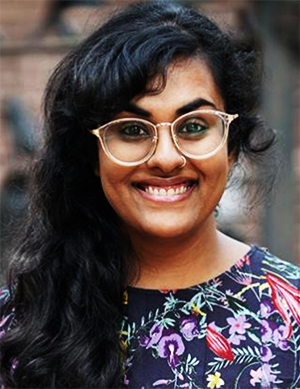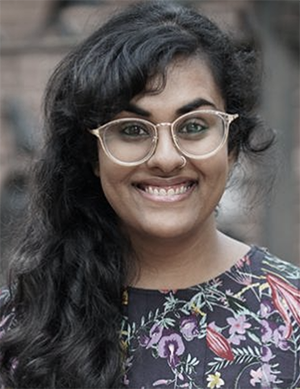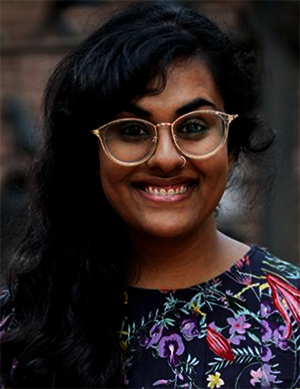CONSUMER & FINANCIAL SITES :: POSTERIZATION
POSTERIZATION is the reduction of the number of hues used to form an image.
SHOPPING at major Internet commerce sites and visiting FINANCIAL institutions online will lead to greater posterization of the image. The more sites visited, the fewer hues used.
Posterization parallels the flattening of identity that occurs with the collection and use of financial data such as credit scores.





